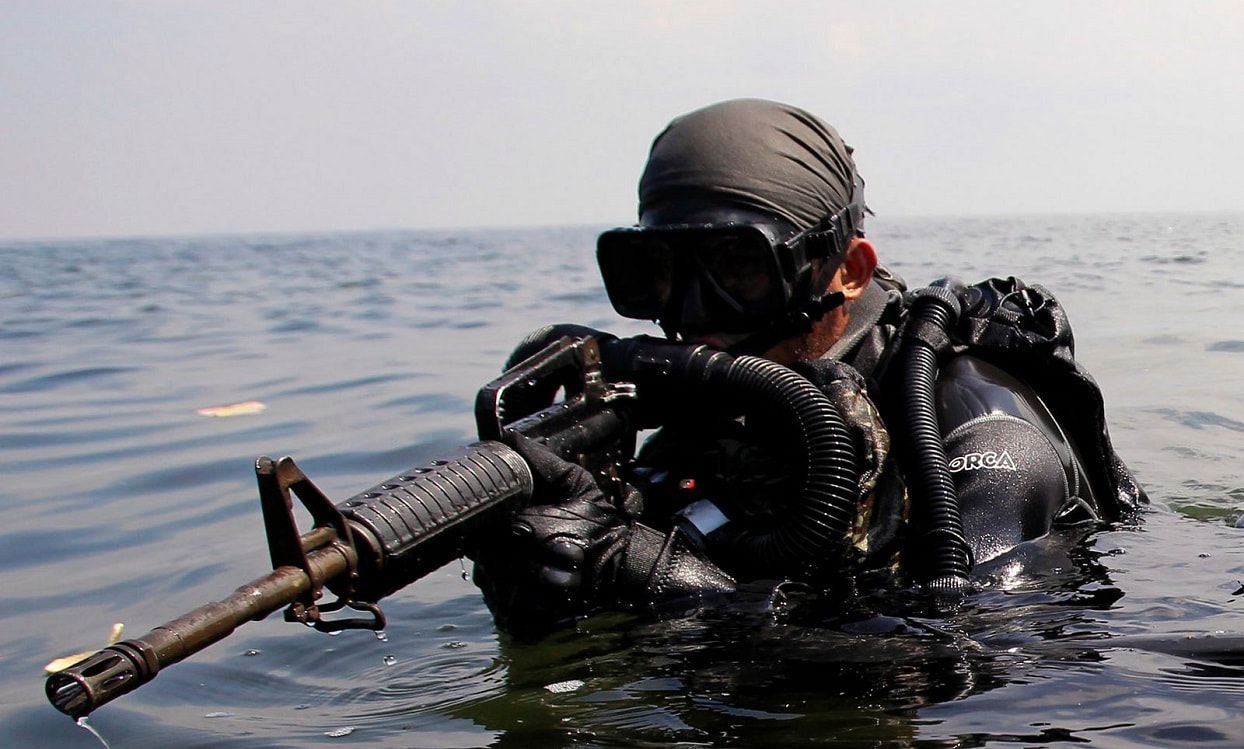Shared misery, sacrifice for the team, and surviving hell: all ways to describe Basic Underwater Demolition/SEAL (BUD/S) training, or what it takes to become a U.S. Navy SEAL. SEAL candidates learn to push themselves beyond what they believe is possible in mental and physical endurance tests. The U.S. Navy has re-evaluated SEAL training and has added different preparatory and indoctrination phases. It used to be trainees were sent directly to BUD/S with only initial Naval Recruit Training or “boot camp.” This increased the attrition rate that is already 70 to 80 percent. Now trainees have a better idea about what to expect when it comes to the BUD/S phase.
Becoming a Navy SEAL
BUD/S Preparatory phase is intended to indoctrinate candidates at the Naval Special Preparatory School in Great Lakes, Illinois. Most trainees have already prepared for this by training on their own for months and they have likely been assigned a mentor by their recruiters. The mentor will make sure trainees can pass the minimum standards of the physical screening test. There are also some academic topics to study. This is just to get trainees physically ready and mentally prepared for the complete shock to the system that is BUD/S.
The two-month program has a final exam in which trainees must pass minimum physical standards in swimming with fins, push-ups, pull-ups, sit-ups, and distance running. If candidates do not pass this test they are washed out and sent to regular fleet duty within the navy.
Learn the SEAL Ethos
Trainees are then shipped to Coronado, California – the location of BUD/S during the orientation and follow-on phases. This is where the candidates get indoctrinated into the SEAL mentality and ethos. The three-week phase introduces trainees to the famed BUD/S obstacle course and other aspects of BUD/S mental and physical training. It also is used to improve swimming skills.
Ring the Bell to Quit
The actual 7-week BUD/S conditioning phase begins. Candidates are introduced to the Pacific Ocean with never-ending “Get wet and sandy,” commands. This makes trainees extremely uncomfortable and cold as they lay in the surf for long periods. Candidates learn to train in wet boots and uniforms with little sleep. Some can’t take it and “drop on request” by loudly ringing a large bell.
The physical training becomes more intense each week and standards increase. Candidates are assigned to boat crews with various team competitions. “It pays to be a winner,” as losing the team competition requires extra physical training while the winners get a break.
Then trainees are pushed to their physical and mental limits during the almost-impossible “Hell Week” with only a few hours of sleep during the entire iteration. Many more quit the program or get injured.
Trainees Better Excel in the Water
The next phase is 7-weeks of combat diving in which candidates must prove their underwater skills. This training sets them apart from other special operations forces. Candidates become so comfortable in the water executing stressful and difficult tasks that they are increasingly relaxed when submerged as it becomes second nature. Although failure in this phase is common too.
If trainees pass combat diving, they proceed to 7-weeks of Land Warfare Training. Candidates get introduced to weapons, marksmanship, demolition, basic combat tactics, and land navigation. The second half of this phase is on San Clemente Island about 60 miles from Coronado where the trainees put everything they have learned into training iterations that combine all land warfare skills.
If all goes well, candidates graduate from BUD/S. This is an amazing feat as 70 to 80 percent of the original training class fails. But remember, this is just BUD/S initial training, these graduates do not automatically become Navy SEALs and receive their coveted Trident insignia. They must pass 26 weeks of additional SEAL Qualification Training on tactics, techniques, and procedures of Navy SEALs before candidates are fully trained and assigned to their SEAL team.
Bonus Photo Essay: Meet U.S. Special Forces
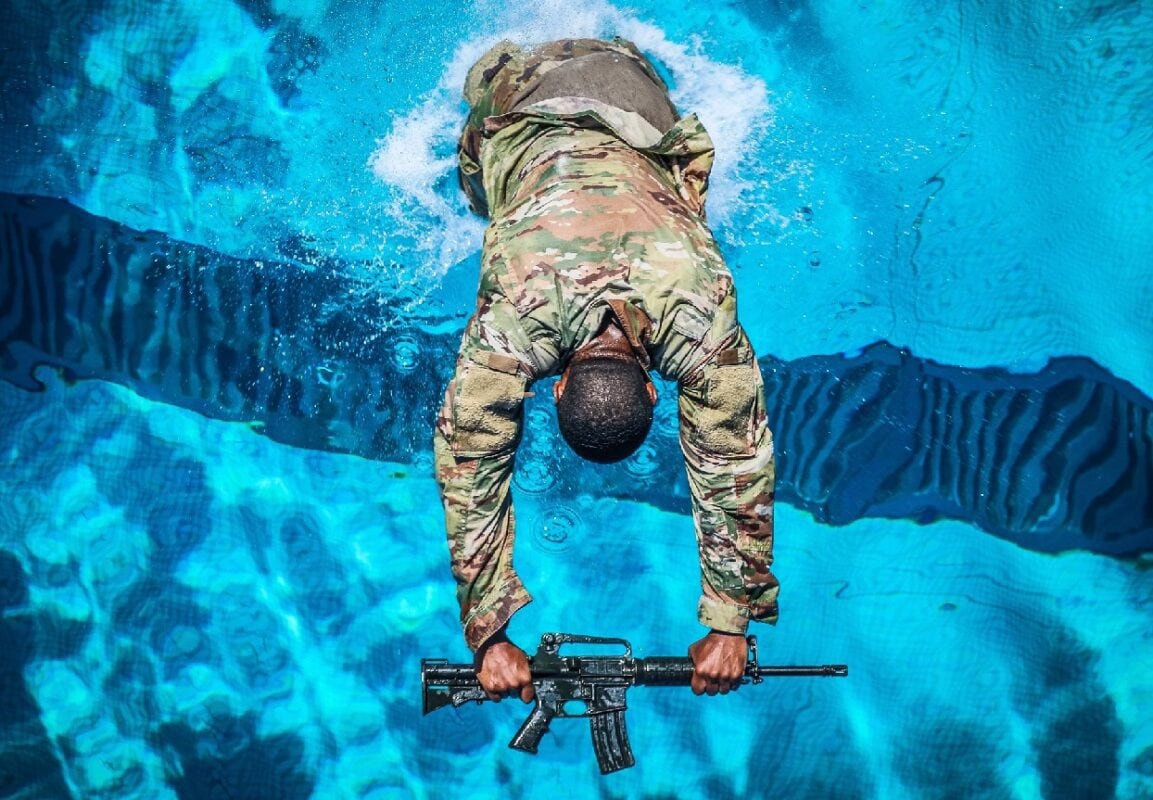
A Soldier completes a swim test at Schofield Barracks, Hawaii, May 14, 2021, while practicing for an upcoming Jungle Operations Training Course.
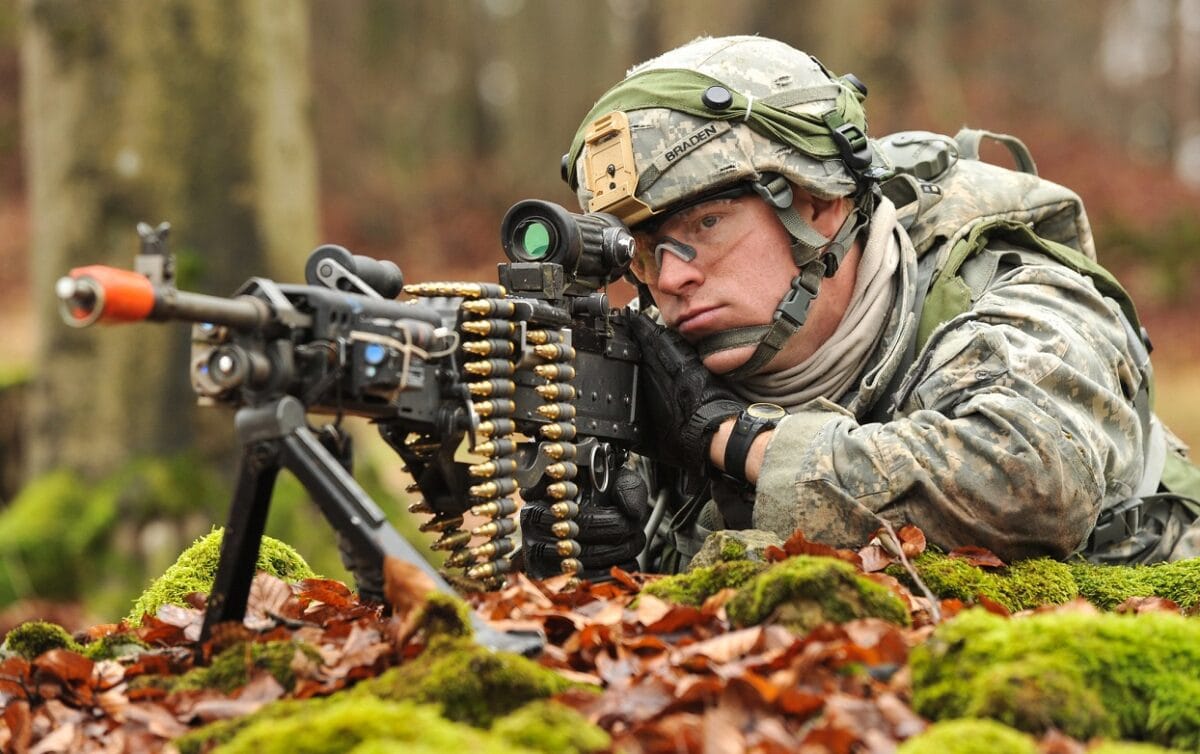
A U.S. Army Soldier, assigned to 2nd Battalion, 503rd Infantry Regiment, 173rd Infantry Brigade Combat Team (Airborne), provides cover during exercise “Combined Resolve” at the 7th Army Joint Multinational Training Command’s Hohenfels Training Area, Nov. 15, 2013. The 7th Army JMTC is the largest training command outside the continental United States, providing realistic and relevant training to U.S. Army, Joint Service, NATO, allied and multinational units, and is a regular venue for some of the largest training exercises for U.S. and European Forces.
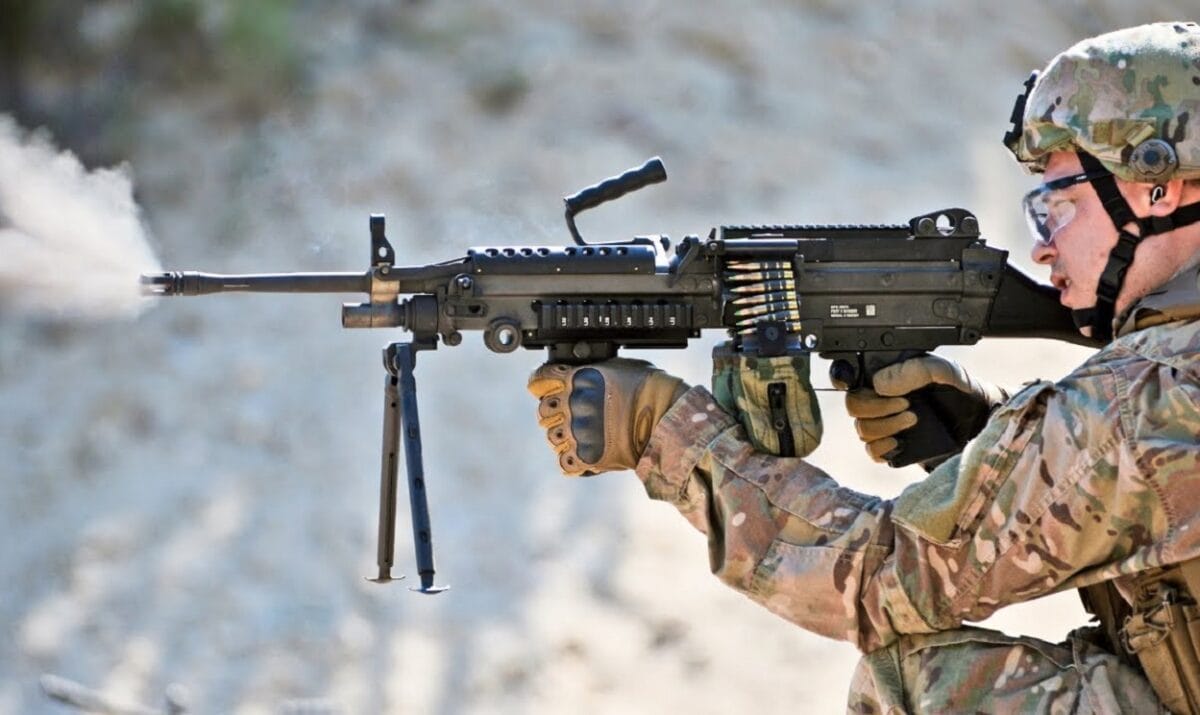
Image: Creative Commons.
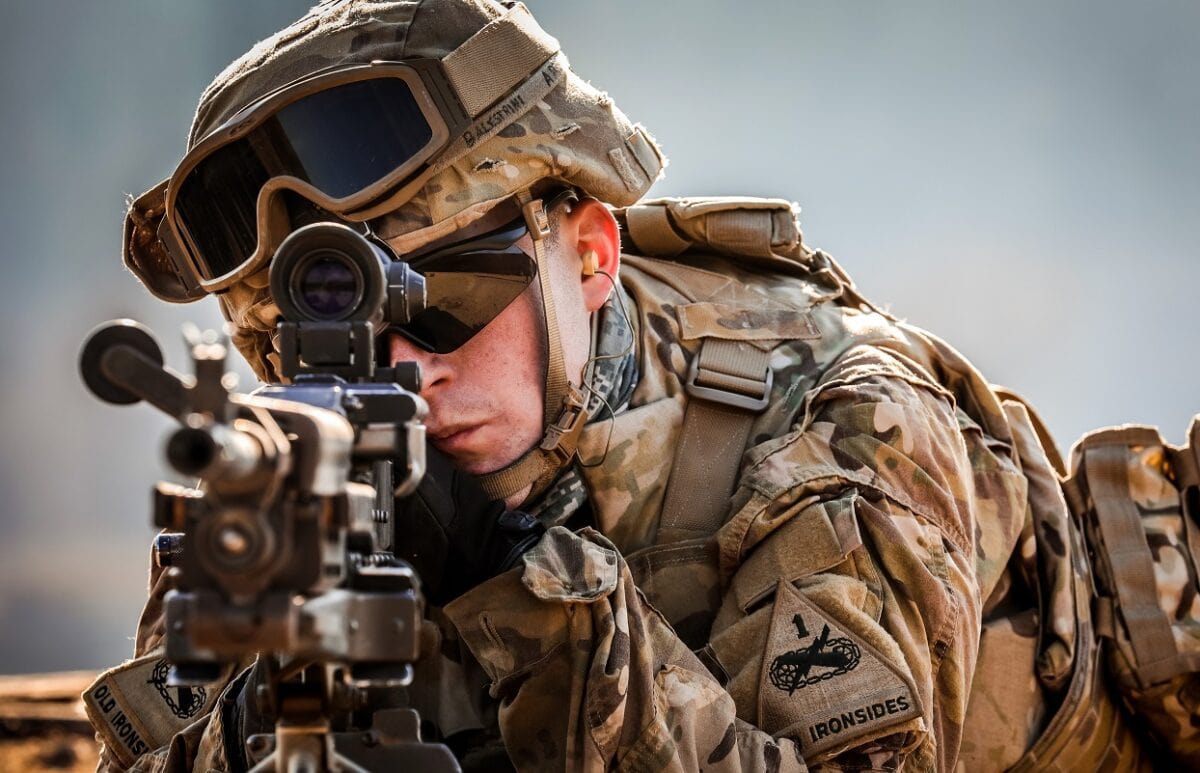
Sgt. James Balestrini, fire control specialist with 4th Battalion, 1st Field Artillery Regiment, 3rd Armored Brigade Combat Team, 1st Armored Division positions himself in the prone to qualify on M240/249 Montana Range in South Korea. Jan 25.
1945’s new Defense and National Security Editor, Brent M. Eastwood, PhD, is the author of Humans, Machines, and Data: Future Trends in Warfare. He is an Emerging Threats expert and former U.S. Army Infantry officer.
YOU MAY ALSO LIKE: What It Takes to Become a Green Beret

